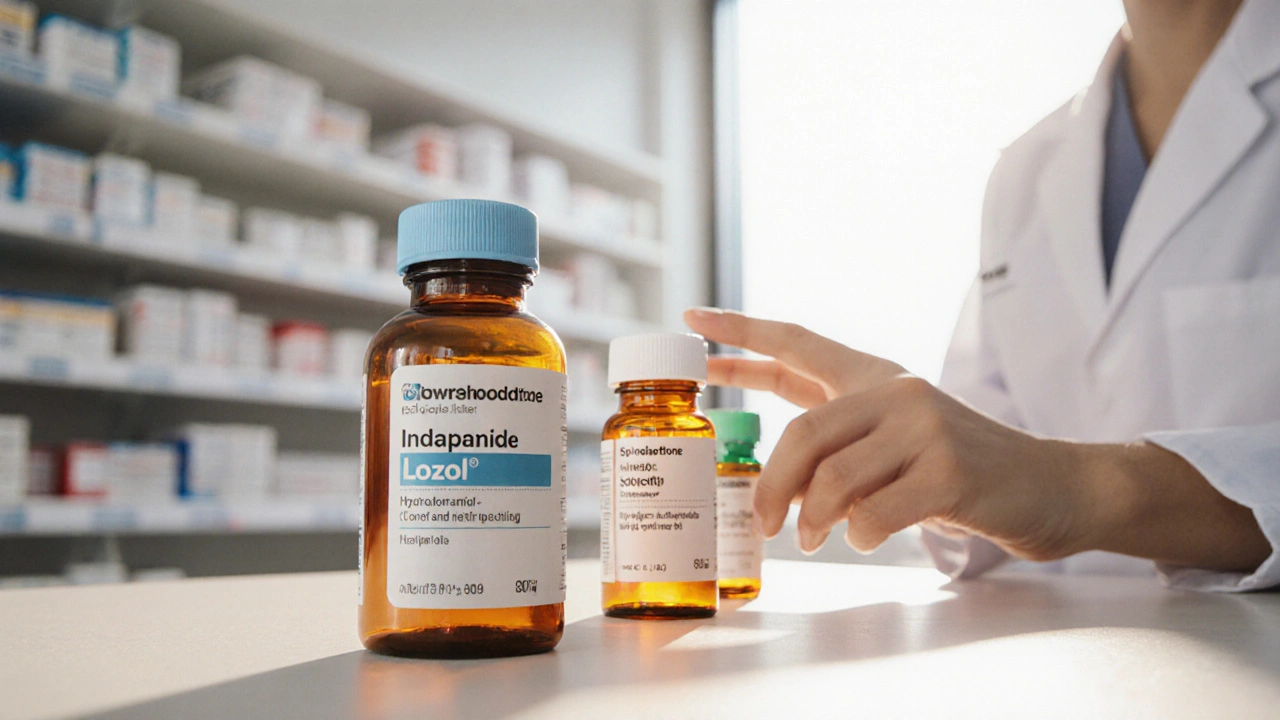Blood Pressure Medication: What Works and What to Watch For
High blood pressure quietly raises your risk of heart attack and stroke. About 1 in 3 adults has it, and many take medicine to get numbers under control. If you’re starting treatment or switching meds, this page helps you understand the main options, what side effects to expect, and how to keep costs down.
How doctors pick your blood pressure medication
Doctors choose a drug based on your age, other health problems, and how high your numbers are. Older adults often start with a thiazide diuretic or a calcium channel blocker. If you have diabetes or kidney disease, ACE inhibitors or ARBs are common choices because they protect the kidneys. Beta-blockers are still used after some heart events or if you have fast heart rhythms. Sometimes one pill isn’t enough—combining two drugs from different classes often works better than increasing one dose.
Want a real-world read? Check our article on Clonidine—it’s a good example of a drug used when other meds don’t control blood pressure or when anxiety is part of the picture.
What to expect and how to manage side effects
Every medication can cause side effects, but most are manageable. Diuretics may make you pee more and change electrolytes—potassium levels matter. ACE inhibitors can cause a dry cough in some people; switching to an ARB usually fixes that. Calcium channel blockers may cause swelling in the ankles. Beta-blockers can leave you feeling tired or cold in your hands. If side effects start, call your clinician before stopping the drug—often a small change solves the problem.
Keep a blood pressure log at home. Bring those readings to visits so your doctor can adjust medication more accurately. If you’re on multiple drugs, ask about interactions with over-the-counter meds and supplements.
Money worries? We’ve put together practical tips elsewhere on the site—see posts about digital health apps that compare Rx prices and pharmacist hacks to lower costs. Coupon apps, generic options, and talking to your pharmacist can shave a lot off monthly bills without changing care.
Switching medicines is common. If your blood pressure stays high after a few weeks, your doctor may raise the dose, add a second drug, or try a different class. Don’t skip doses—missing pills can cause big swings and make side effects worse when you restart.
Final tips: get a validated home cuff, take meds at the same time each day, track side effects, and schedule follow-ups. If you’re pregnant or planning pregnancy, mention it—some BP meds are unsafe during pregnancy and need to be changed.
Want more specific reads? Browse our posts tagged here for deep dives on individual drugs, savings strategies, and drug interactions so you can stay informed and get better results from your treatment.

Indapamide (Lozol) vs Other Diuretics: Detailed Comparison
A thorough side‑by‑side look at Indapamide (Lozol) versus common diuretics, covering mechanism, dosing, side effects, cost, and how to choose the right option for your health.
Read More
Alternatives to Hydrochlorothiazide Explained
Looking for alternatives to Hydrochlorothiazide? This guide explores five options, highlighting their benefits and drawbacks. From potassium-sparing Aldactone to the effective anti-androgenic properties for PCOS, we break down each choice to help you make informed decisions about your health.
Read More